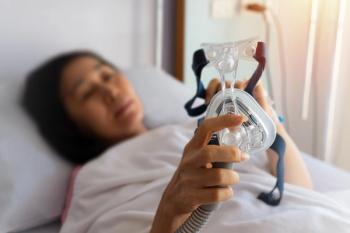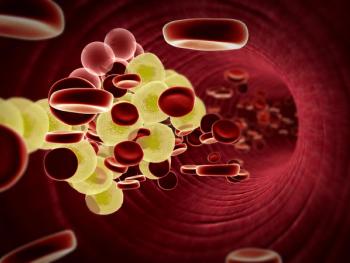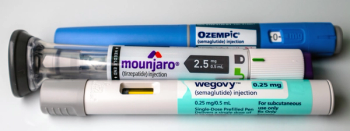Even with pneumococcal polysaccharide vaccine (PPV23) usage for adults aged 65 years and older, vaccine-serotype pneumococcal disease can still cause a significant amount of hospitalizations due to lower respiratory tract infection (LRTI), according to the authors of a study published in Vaccine. Investigators of the study looked to use evidence to inform pneumococcal vaccination policy, so they aimed to determine the contribution of vaccine serotypes on disease burden and hospitalization of patients with LRTI.
In the study, the investigators reported on the prevalence of pneumococcal vaccine-serotypes for those with community-acquired acute lower respiratory tract disease (aLRTD). They used assays to detect the pneumococcal serotype in urine and included both invasive and non-invasive pneumonia in the study, according to the study authors.
3 Key Takeaways
- Despite widespread use of the pneumococcal polysaccharide vaccine (PPV23) in older adults, it can still cause a significant number of hospitalizations for lower respiratory tract infections (LRTI).
- The study aimed to understand the contribution of vaccine serotypes to the burden of LRTI among hospitalized patients.
- Serotype 8 was the most common causes with 7F and 3 as other common serotypes.
Data were included from 2 large hospitals in Bristol, United Kingdom, from November 8, 2021, and November 7, 2022. All individuals who were admitted to the participating hospitals were screened for aLRTD and were included if they presented with suspected aLRTD or confirmed clinical or radiological diagnosis of aLRTD, according to the study authors. Demographics and clinical data were gathered for patients, which included comorbidities at the time of admission.
Of 12,083 individuals who were hospitalized for aLRTD during the study period, 10,026 were attributed to respiratory infections. Of them, 3141 consented to providing a urine sample, with 31% having a respiratory infection; 2445 had results from an assay available (24% with respiratory infection), so these patients were included in the study. Among the 2445 individuals included, they had a median age of 71.1 years, had comorbidities, and 20.8% had a CURB65 score of 2 or greater. The study authors reported that there were no substantial differences in diagnosis groups.
The median hospital stay was approximately 7 days, 2.7% of individuals received intensive care, and 4.4% died within 30-days post admission, according to the study authors. Those who had community-acquired pneumonia (CAP) confirmed by radiology (CAP+/RAD+) had worse outcomes compared to those who had CAP without confirmed radiology (CAP+/RAD-) or those with LRTI that was not caused by pneumonia (NP-LRTI). There were 1097 individuals who had CAP+/RAD+, 207 who were CAP+/RAD-, and 1141 with NP-LRTI, according to the study authors.
Investigators noted that pneumococcus was detected by assays in 11.5% of individuals who had respiratory infections at 165 for CAP+/RAD+, 23 for CAP+/RAD-, and 92 for NP-LRTI. Compared to those who tested negative for pneumococcus, the study authors said those who were positive were more likely to be older, receive PPV23, have a severe CURP65 score, and have chronic obstructive pulmonary disease. The study authors also reported that there was no difference in the proportion who tested positive for pneumococcus by high- or low-risk groups.
Among individuals with respiratory infections, there were 102 cases that had serotypes included in pneumococcal vaccines at 4.2% for pneumococcal conjugate vaccine 13 (PCV), 4.7% for PCV15, 8.6% for PCV20, and 9.3% for PPV23, according to the study authors. The most common serotypes were 8 at 27.9%, 7 at 8.9%, and 3 at 8.6%, with serotype 8 being the most frequently reported in all 3 groups at 28.5% for CAP+/RAD+, 26.1% for CAP+/RAD-, and 27.2% for NP-LRTI, according to the study authors. The second most common for CAP+/RAD+ was serotype 3 and for NP-LRTI, the second most common was 7F, according to the study results.
REFERENCE
Hyams C, Lahuerta M, Theilacker C, et al. Surveillance of pneumococcal serotypes in adults hospitalised with acute lower respiratory tract infection in Bristol, UK. Vaccine. 2024. doi:10.1016/j.vaccine.2024.02.007


















































































































































































































